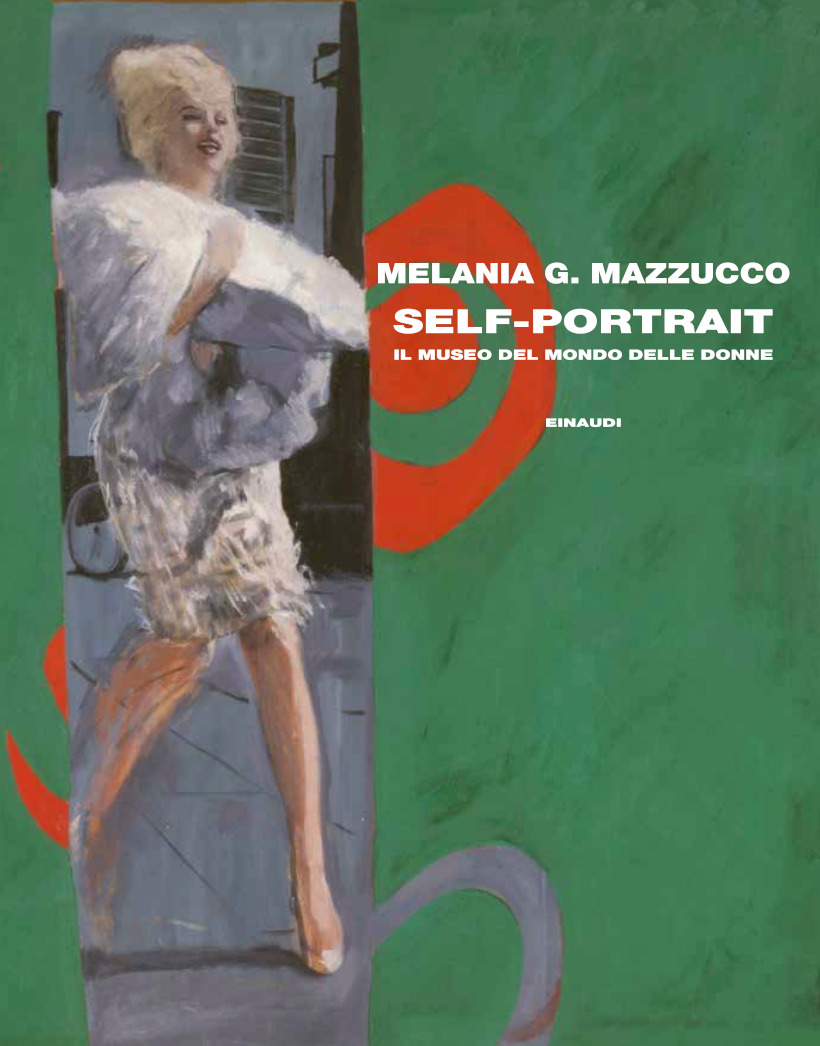
Self-Portrait. The Museum of the World of Women
In Museo del mondo (Museum of the World), published by Frontiere Einaudi in 2014, Melania Mazzucco took a journey in search of the most beloved masterpiece paintings of all time, works by artists “with whom it is worth spending time. Not necessarily the most celebrated masters… But also the unusual, the anomalous.” Among the latter we could certainly consider women who for centuries, despite their talent and skill, have not been able to exercise art with the same means and prospects as men.
Mazzucco returns today with a new Museum, dealing with works in which the woman is “twice the subject”: a woman conceives and creates the painting, and a woman is also the subject of the painting. An all-female path, where women “claim the right to turn their backs on housework,” to fulfill themselves through art, beyond the roles that society and the culture of the time assign to them.
In this new Museum, the reader will meet extraordinary painters, whose greatness has often been ignored, and will have no choice but to wonder whether the canon has deliberately forgotten their names because it was assumed that women could never paint well enough, and scholars and painters preferred to suspect that a male hand was always hiding behind their works. In fact, it is for this reason that Elisabetta Sirani, in the seventeenth century, signed her paintings, even though it wasn’t a custom at that time. Not only did she affirm her own uniqueness, but she also prevented the work from being attributed to her artist father (who, moreover, Elisabetta served and looked after, living cut off and at home with him).
Even when it was recognized that women had a certain skill, there was always a way to reduce it. As a way of example, speaking of Plautilla Nelli, Vasari affirmed: “She would have made wonderful things if she had had the opportunity to study and attend to drawing and portraying living and natural things.” Mazzucco argues that we should overturn the sentence: “Let’s try to use an adversative proposition instead of a conjunction. Despite rather than if. Despite the fact that she had not been able to study or know the world and nature, despite having had to work on the repertoires and images of others and create paintings from paintings instead of from nature and life, despite having difficulty keeping up with the times and no freedom to move, Nelli possesses geometric knowledge, good draftsmanship, and the gift of combining colors. In short, she is a Master.”
This new Museum is constructed as a journey into a woman’s life, from birth to death, passing through childhood, motherhood, eroticism, work, loneliness, old age. From Artemisia Gentileschi to Plautilla Briccia (“the architectress”), from Frida Kahlo to Georgia O’Keeffe to Carol Rama, Louise Bourgeois and Marlene Dumas, Mazzucco fascinates us and involves us with new, exciting stories from the universe of painting, faithful to the principle that had guided her in her initial choice: “The desire for a work is the only truly fundamental criterion for my selection… I’m writing about it to find it again, and relive the experience of that encounter.”
Publication date: 29.11.2022
Publisher: Einaudi
Country: Italy
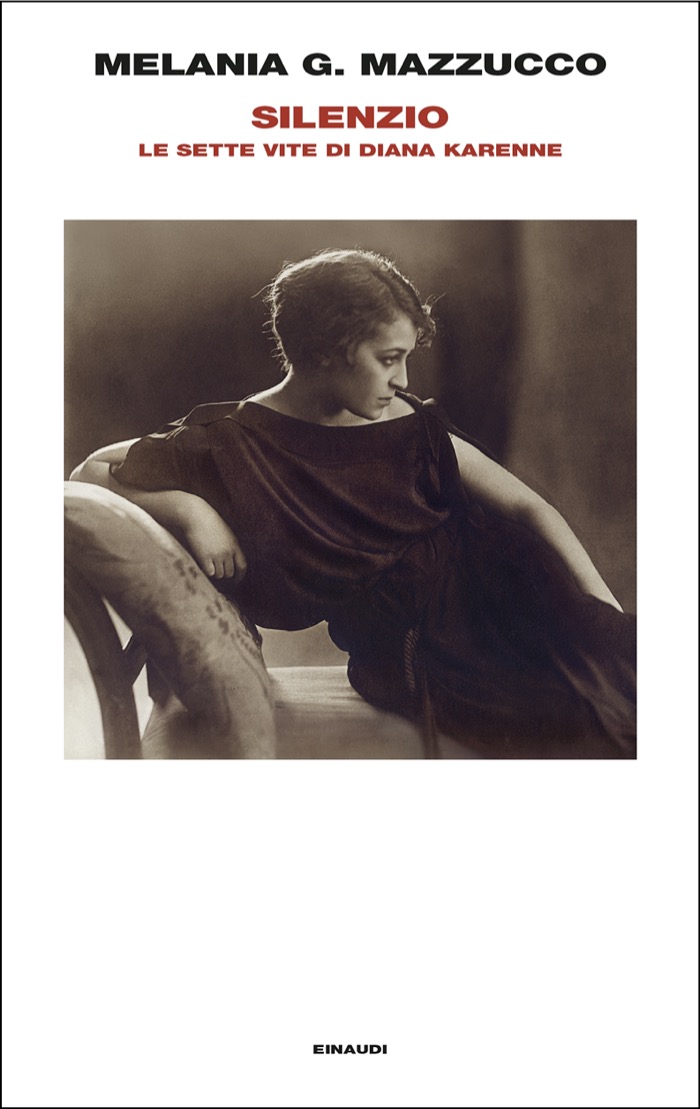
Italy
26 November 2024
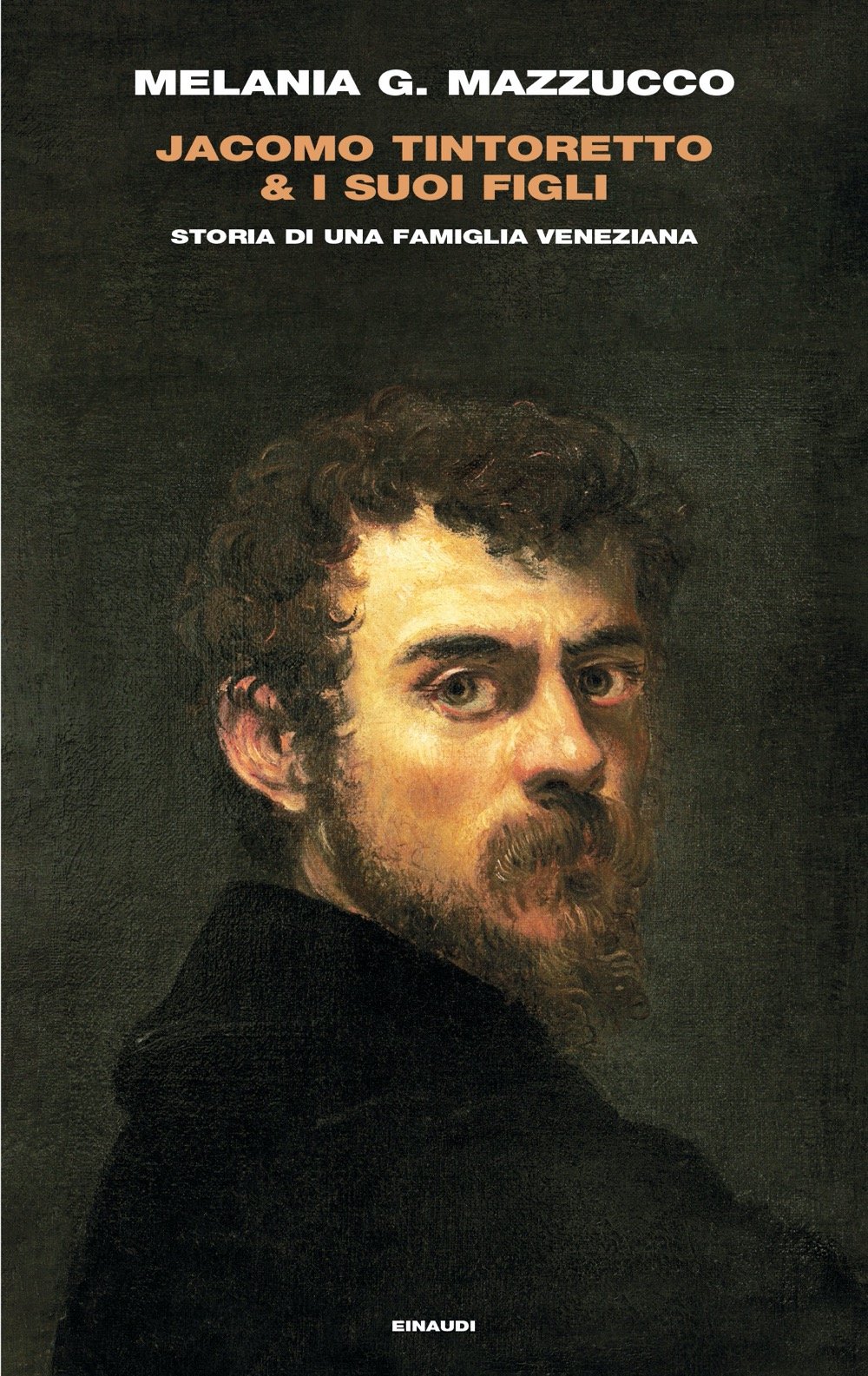
Italy
21 November 2023
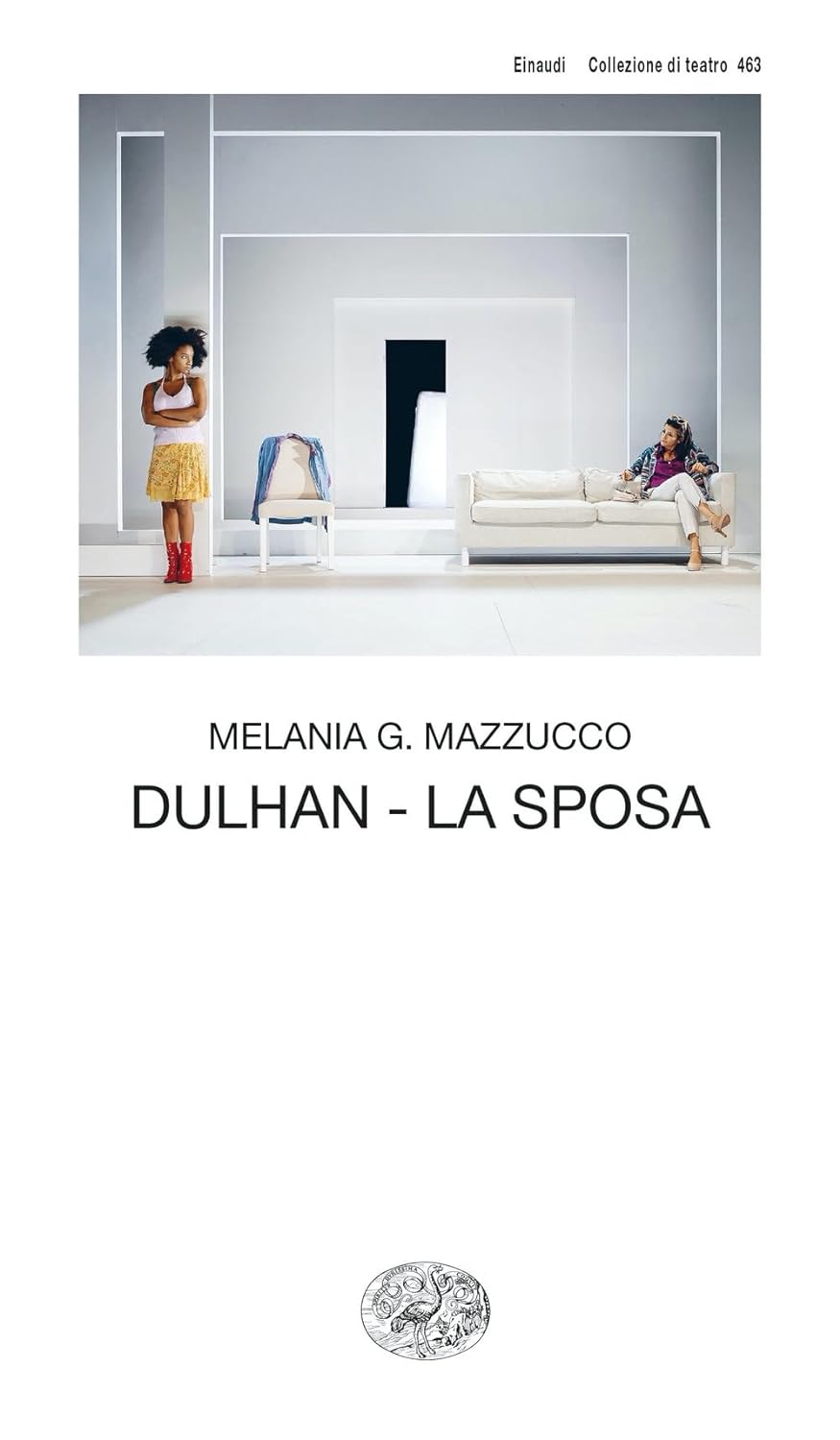
Italy
21 November 2023
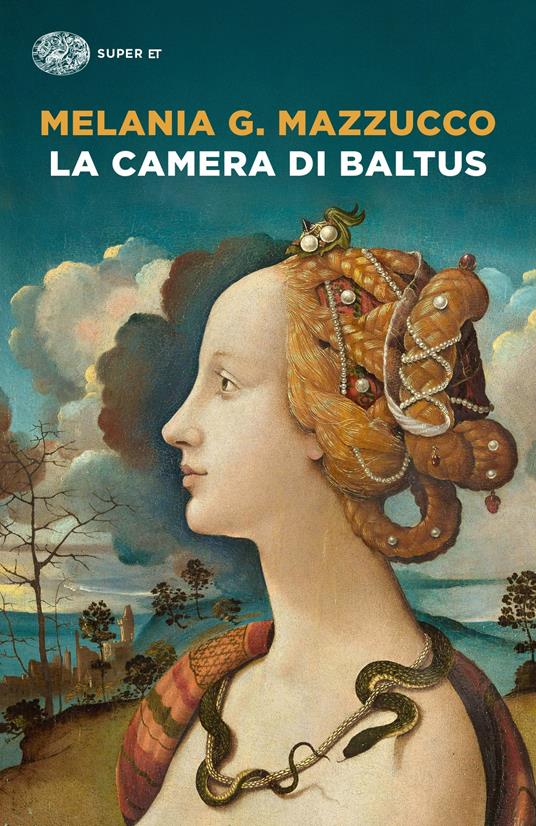
Italy
9 May 2023
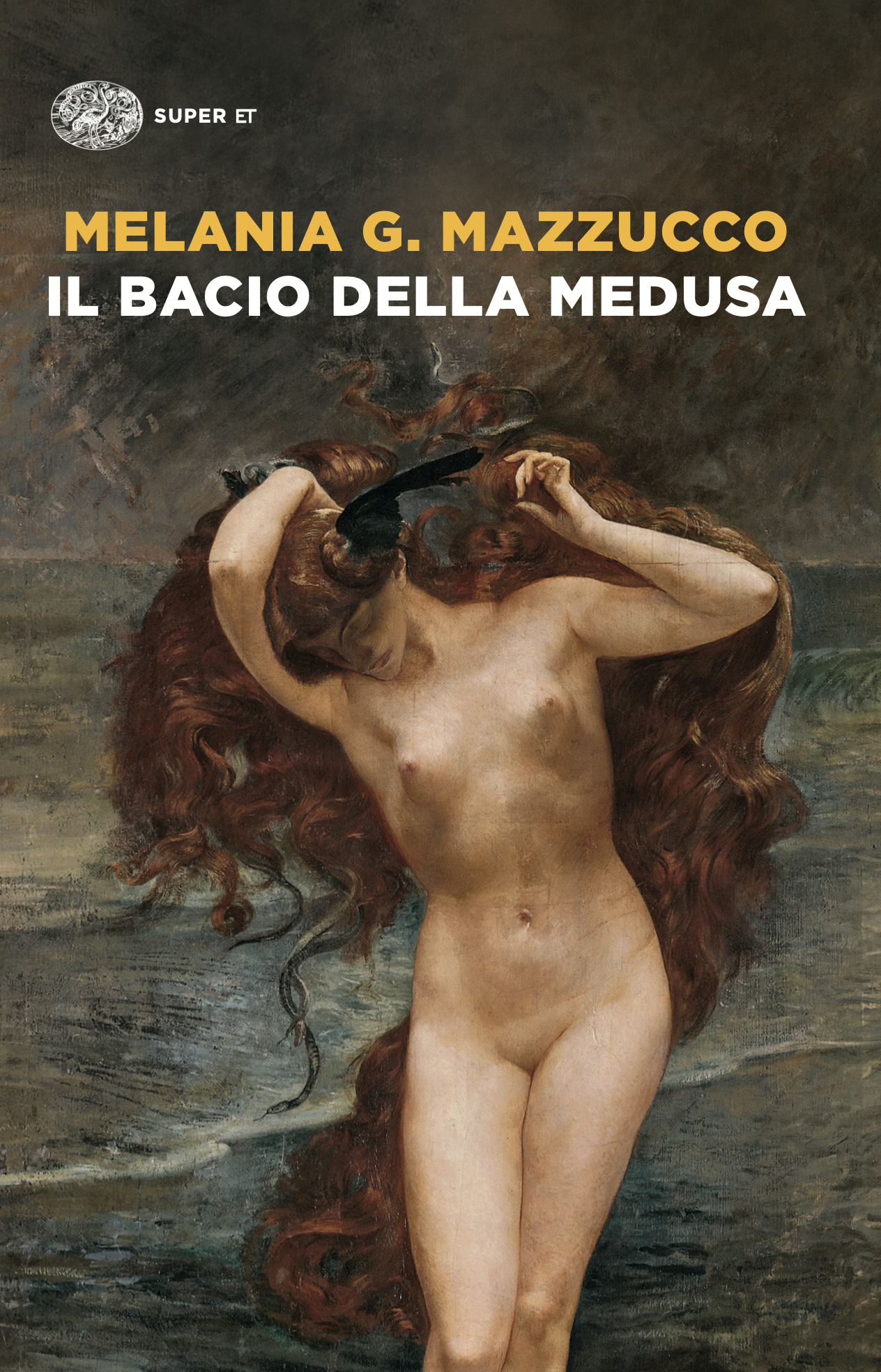
Italy
7 June 2022
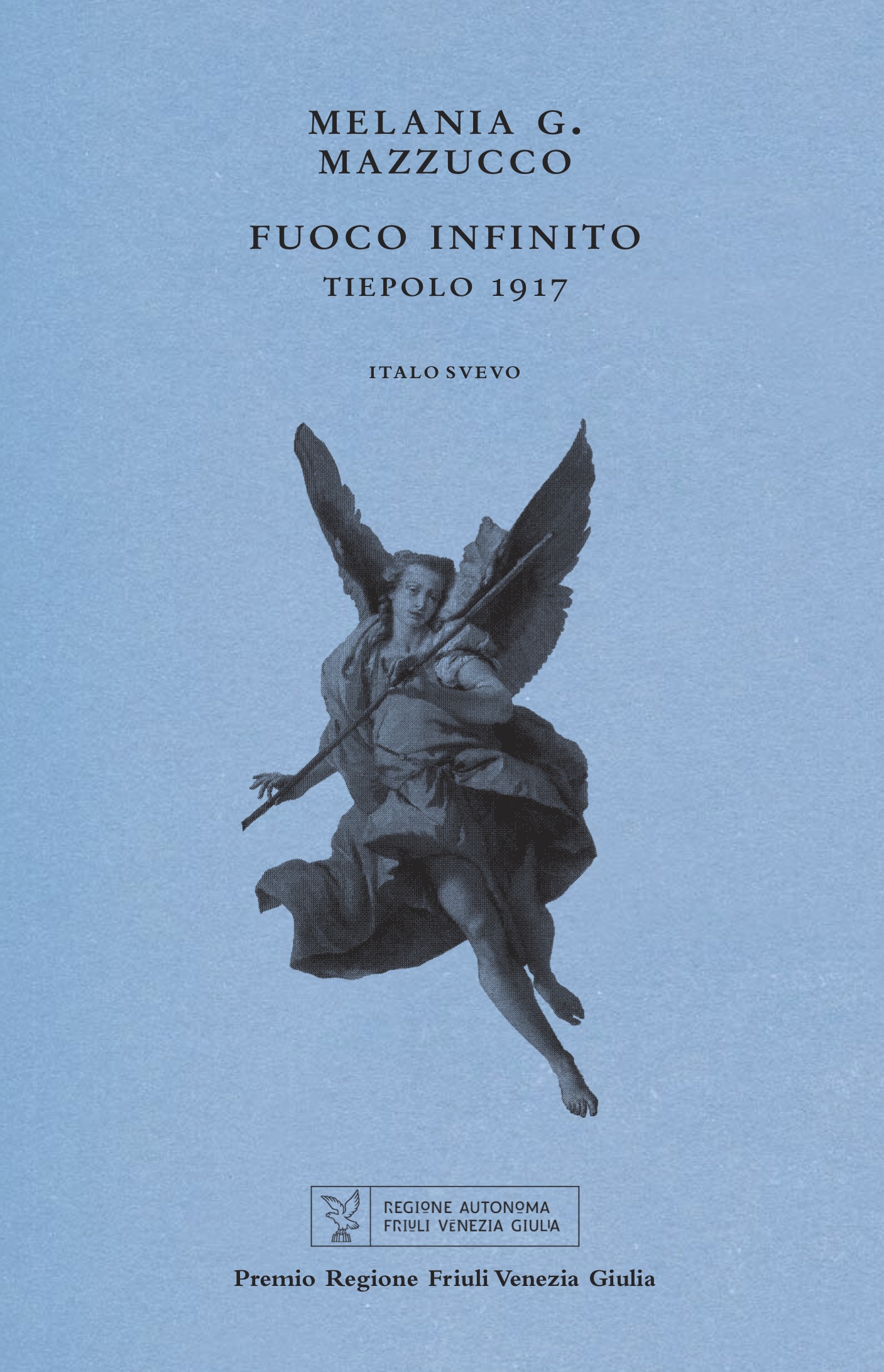
Italy
4 November 2021
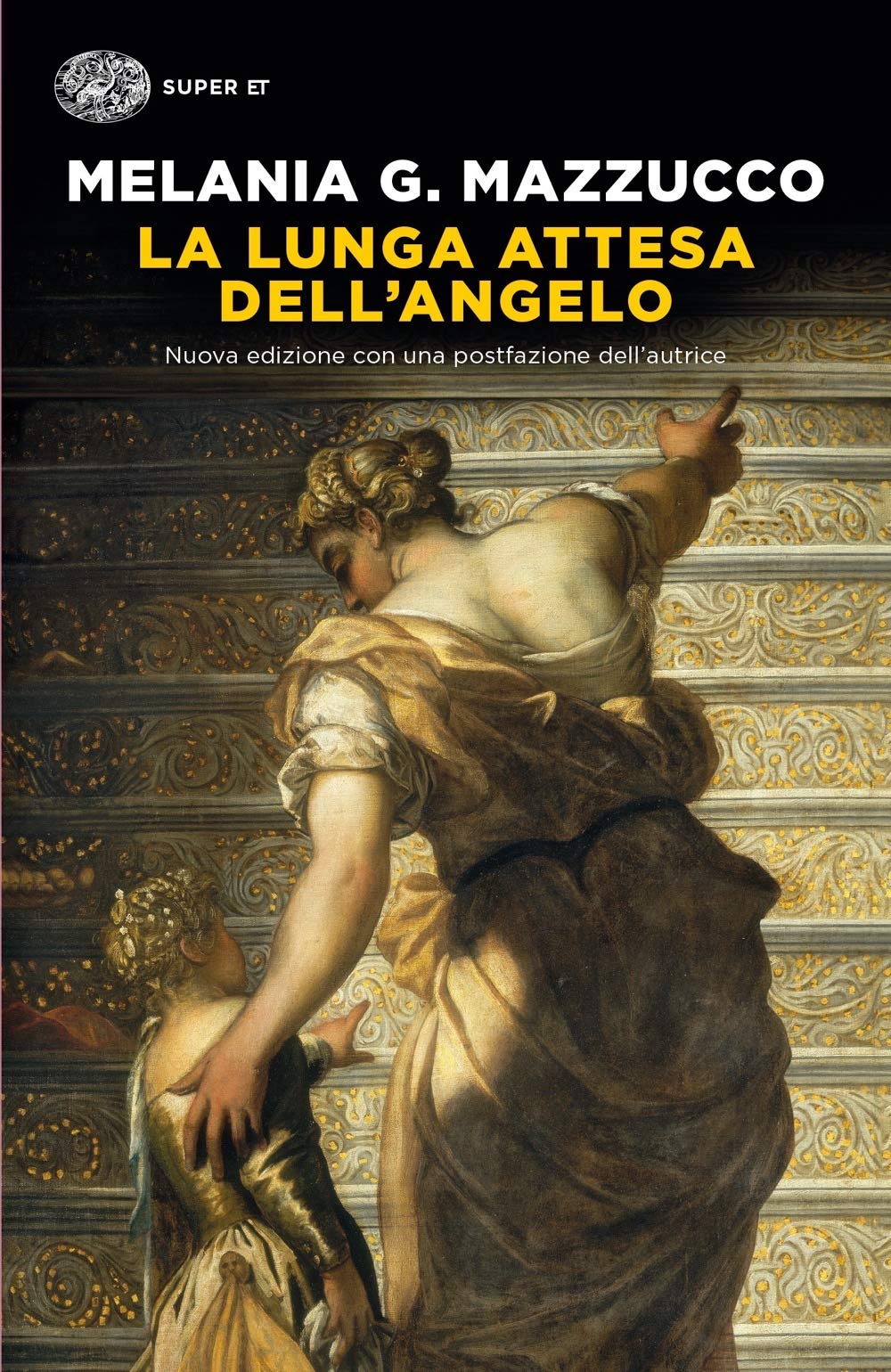
Italy
16 March 2021
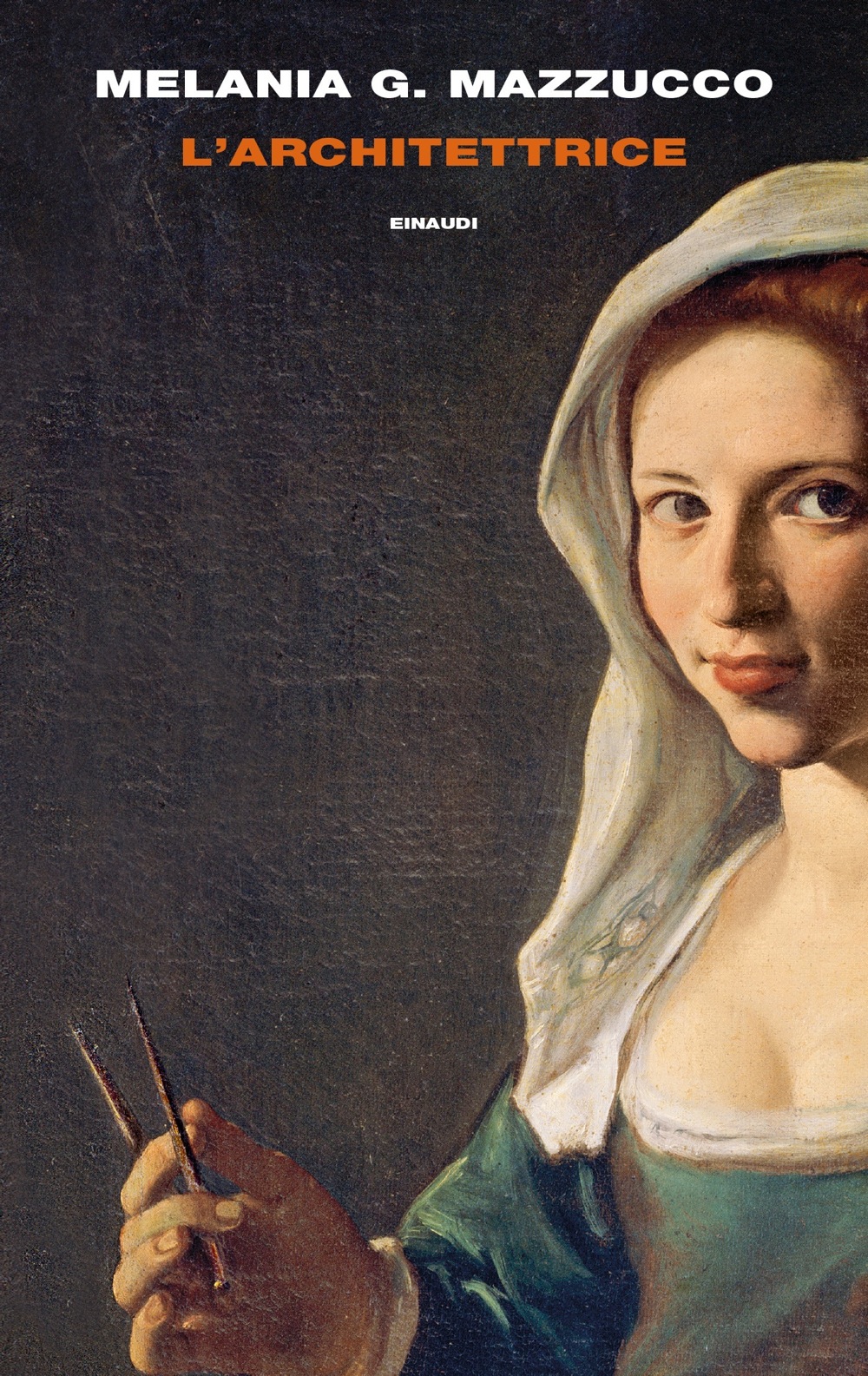
Italy
26 November 2019
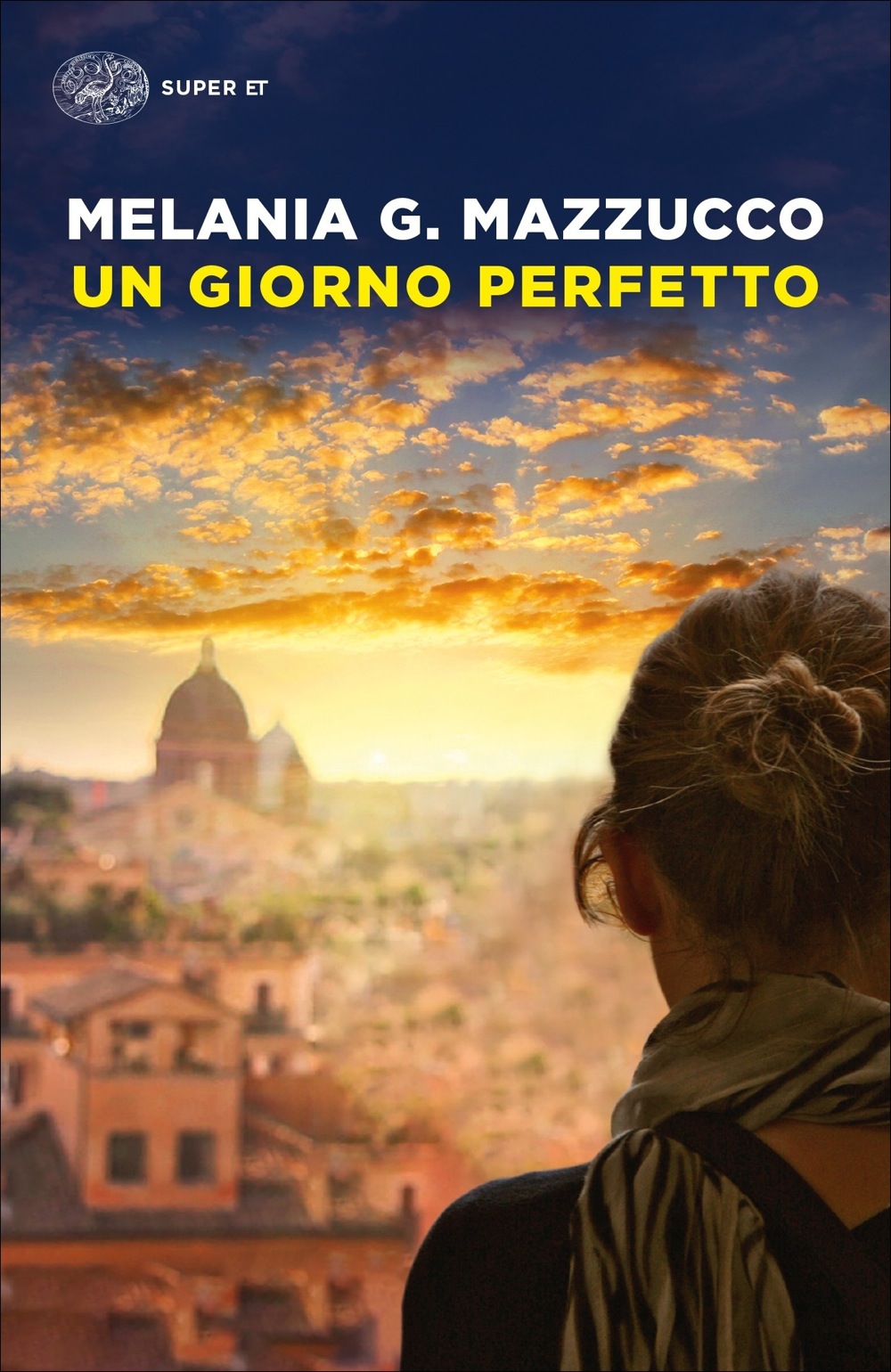
Italy
13 June 2017
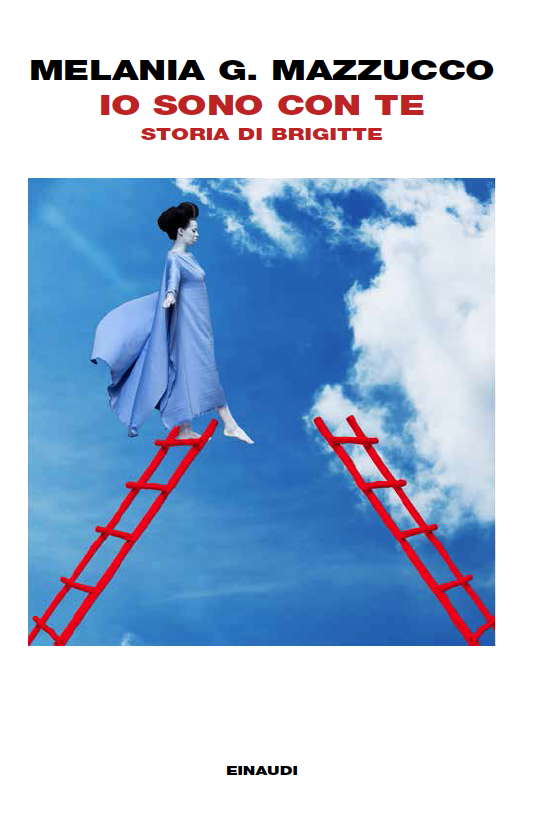
Italy
25 October 2016
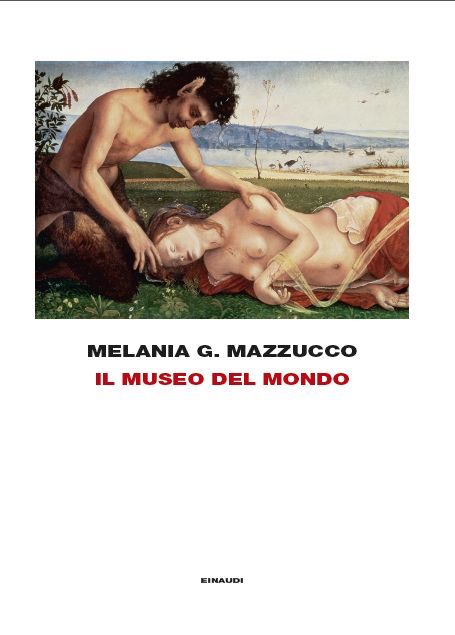
Italy
18 November 2014
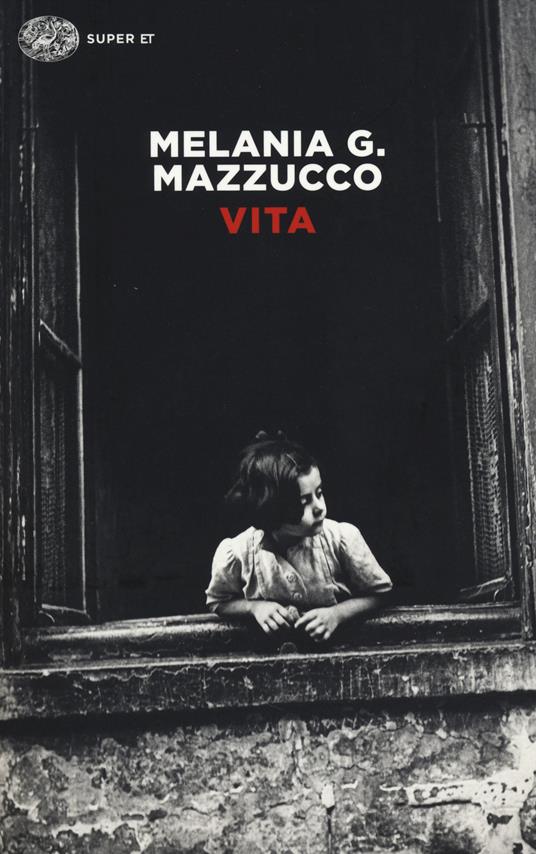
Italy
18 March 2014
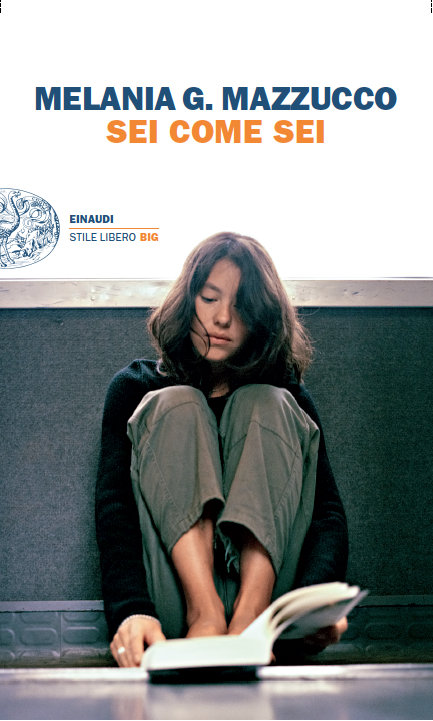
Italy
8 October 2013
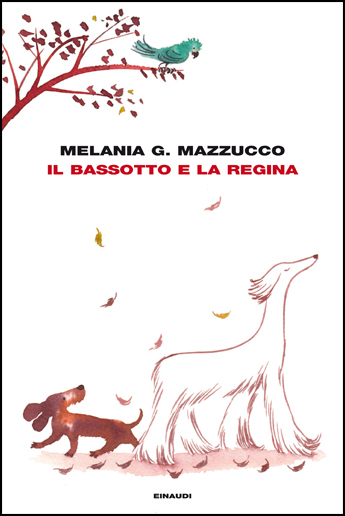
Italy
20 November 2012
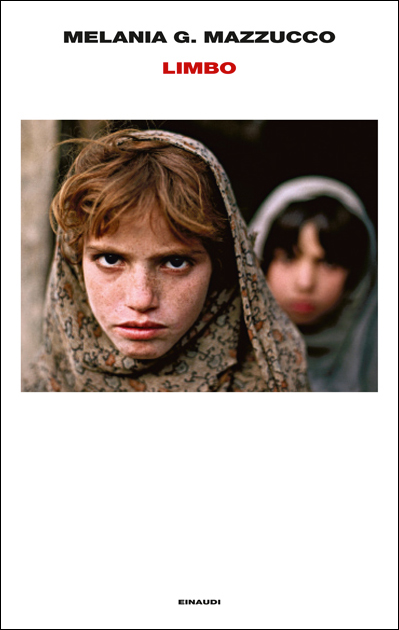
Italy
27 March 2012
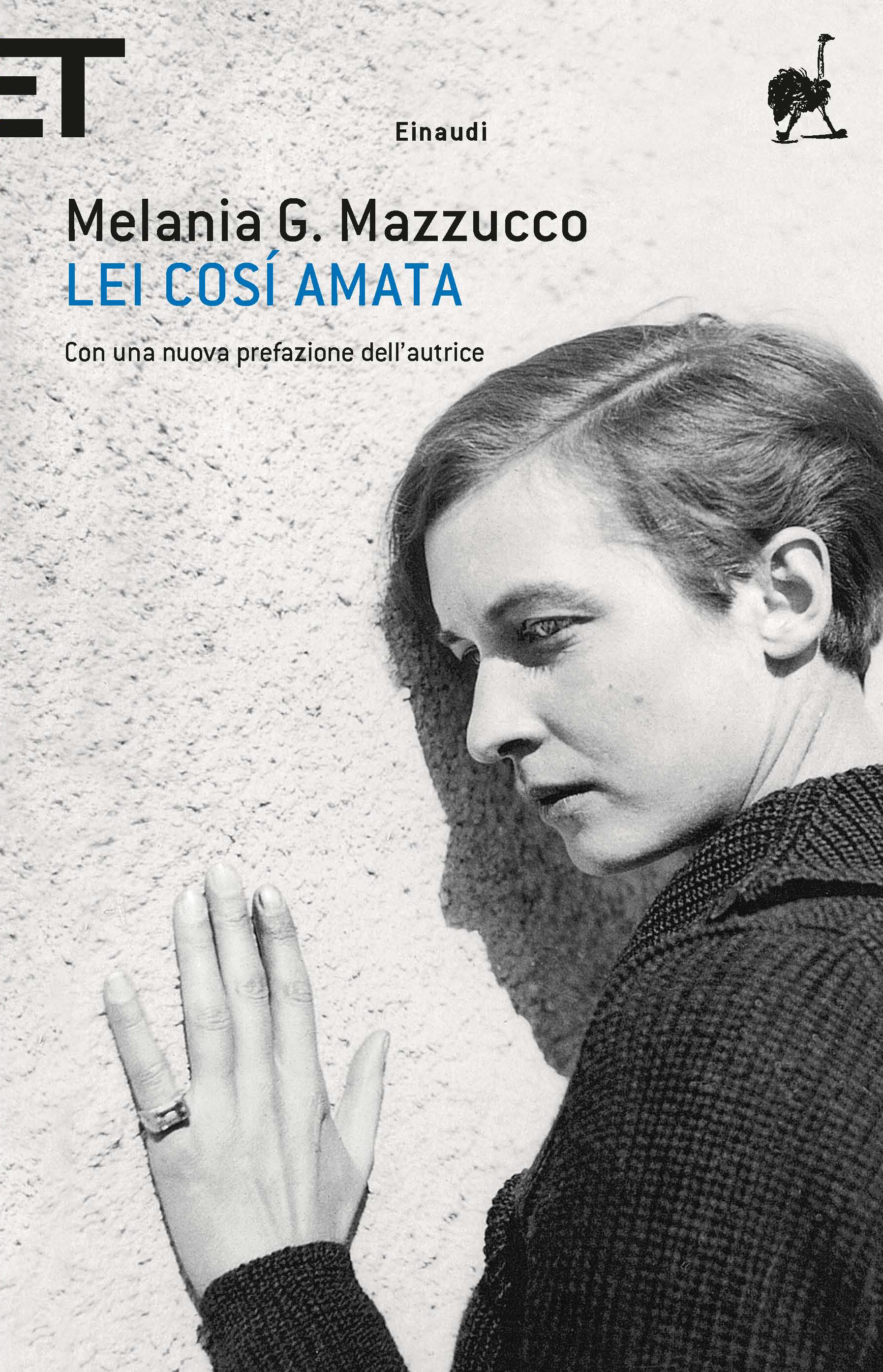
Italy
1 March 2012
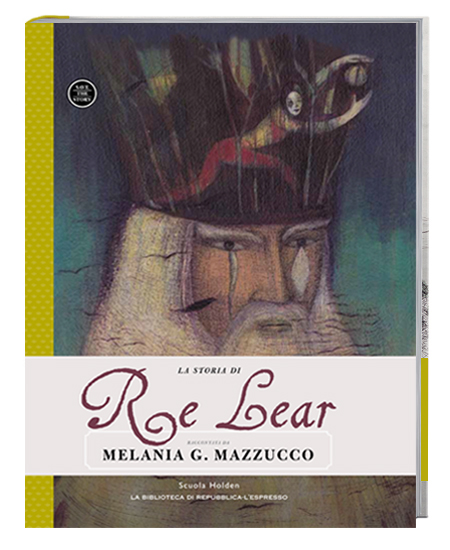
Italy
1 December 2011